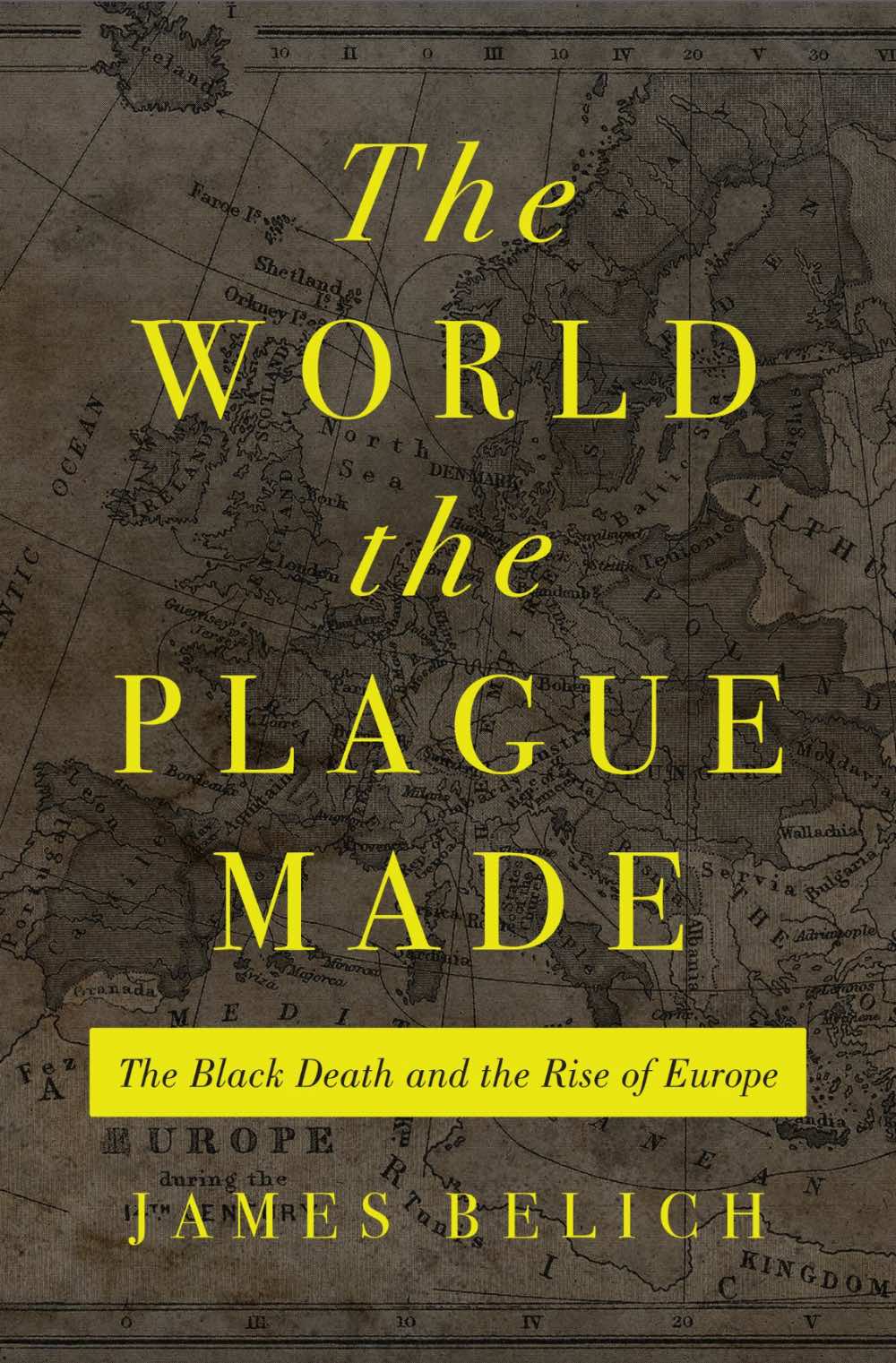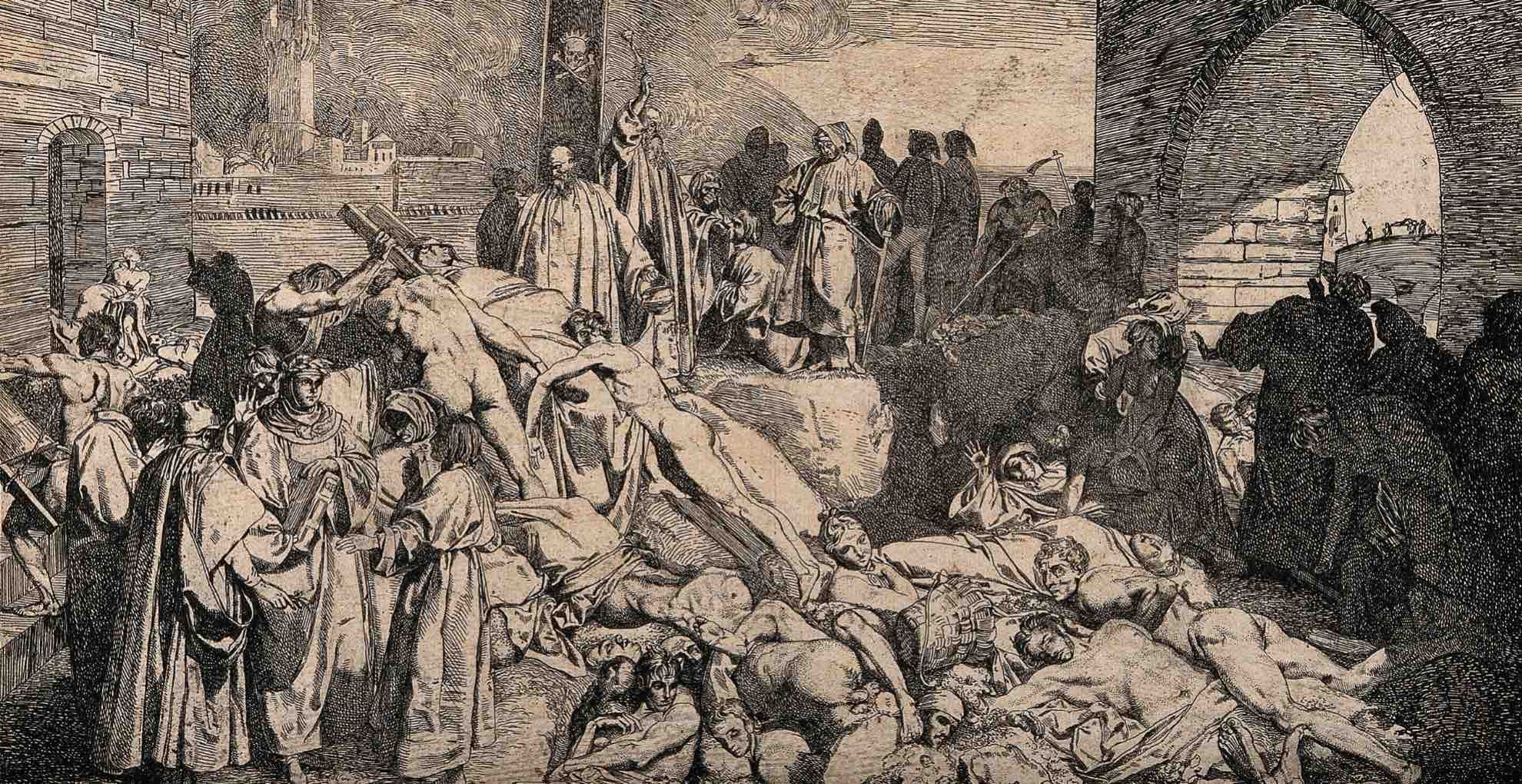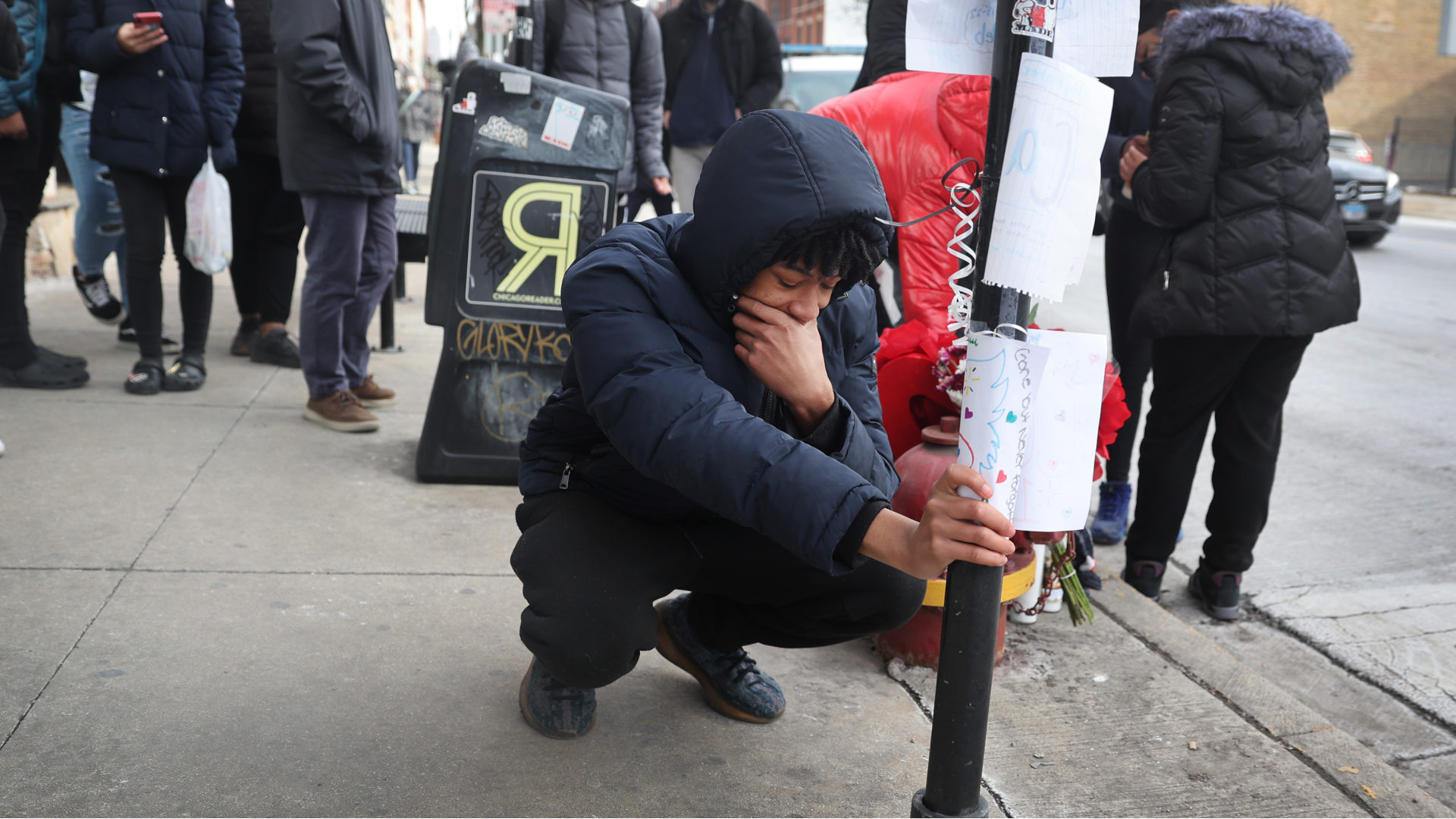The headlines in mid-June were unequivocal. “Ground zero for the Black Death finally found after 600 years,” one read. The news that researchers, primarily from Scotland and Germany, had identified northern Kyrgyzstan as the origin point for the medieval plague garnered attention around the world. “Our study puts to rest one of the biggest and most fascinating questions in history and determines when and where the single most notorious and infamous killer of humans began,” one of the scientists said.
One had to read the fine print to learn the qualifications of the claims. The study, published in Nature, relied on a small sample size, and there needs to be data on more places, individuals, and times before this discovery can be considered conclusive. Nothing is put to rest yet.

BOOK REVIEW — “The World the Plague Made: The Black Death and the Rise of Europe,” by James Belich (Princeton University Press; 640 pages).
Visual: Princeton University Press
James Belich’s new book, “The World the Plague Made: The Black Death and the Rise of Europe,” shows the depth and longevity of the controversy over the sources and impacts of an era-defining scourge. Belich, an Oxford University historian, suggests that what is now known as the Black Death was so consequential that its effects equal those of the Enlightenment, the Reformation, the Industrial Revolution, and the Renaissance. It’s a staggering implication, but he makes a decent case for it in this bold, tremendously researched work. From illustrating the plague’s effects globally to showing how central it was to Europe’s ascension, Belich demonstrates that the medieval pandemic influenced many aspects of human life.
Once called the Great Death or the Great Plague, the pandemic lasted hundreds of years and was so deadly that it is still popularly referred to simply as the Plague. “The Black Death Pandemic, beginning in 1345, persisted for more than three centuries and involved about 30 major epidemics in all,” writes Belich. What’s more, it “did not always behave like the modern pandemic,” he writes further on. “It killed far more people, for one thing.” Belich’s book implicitly underscores that, compared to the devastation of the plague, Covid-19 is relatively insignificant.
Just how many deaths was the Black Death responsible for? Despite centuries of debate on the subject, there is no consensus. The common belief is that the first wave killed between 25 percent and 33 percent of Western Europeans. (The historian Barbara Tuchman advanced the one-third estimate in her best-selling 1978 book about the 14th century, “A Distant Mirror.”) Belich suggests that the number was far higher. In the first strike alone, the population of Western Europe was cut in half, he writes, citing studies about the death rates in England, France, Italy, and Scandinavia. Many places didn’t return to their pre-plague population levels for some 250 years. (Despite his claims, the true extent of the toll is still widely contested.)
He also suggests that the plague wreaked similar havoc in Eastern Europe and the Islamic world, marshaling data from academic sources showing that it devastated northern Russia, Hungary, Istanbul, Syria, and Iraq. “The World the Plague Made” is greatly strengthened by these transnational and transcultural perspectives, which allow for broader conclusions and generalizations than most accounts that favor a handful of Western European lands.
Many aspects of the plague are still contested. The controversy begins in the book’s opening pages, in which Belich recounts the debate over its nature. The standard perspective was that it was a bubonic plague, whose pathogen is common in rodents. Scholars whom Belich calls “anti-bubonists” (he enjoys fashioning neologisms) revised this perspective in the 21st century, but he rejects the revisionists’ claims, writing that “since 2010, the ‘bubonists’ have struck back decisively.” He cites research showing that scientists found the bubonic plague’s pathogen at 10 different Black Death burial sites in various countries. Evidence derived independently from graves excavated in London in 2013 showed the same thing.
He writes that “rodent species are the villains,” and points to evidence for grain-loving black rats aboard cross-coastal ships as key to the plague’s spread. But Belich arrives at this by linking a series of assumptions that, on their own, are reasonable, but become more questionable when compounded. He says an outbreak jumping to humans from rodents that co-existed with populations would likely have infected far more people than one coming directly from wild rodents acting alone, for instance. He then argues that, for the plague to spread as quickly as it did, the first infected settlement would likely have been connected with other areas via trade, and “a byname for the black rat was ‘ship rat,’” making it a probable suspect. “One can overstate this case,” he admits, but he pursues it nonetheless. However logical such inferences may be, they are hardly conclusive.
After reviewing quarrels over the plague’s origins, Belich proceeds to his primary concern: the rippling impact of the Black Death on the world. In his telling, the plague’s massive population shift influenced everything from increased book production to “changes in shipping technology, and warfare.” He even suggests it may have led to the invention of racism as we know it today, because “it is only from 1400 that we see hints of the notion that vice and inferiority were innate in one’s ancestry.” He acknowledges, however, that “even I am not certain plague was behind this shift.”
In Belich’s view, what made the plague different from other major historical events and catastrophes was that, while it decimated the human population, it left the material world untouched. It “doubled the average amount per person of everything,” from horses to housing, he writes. For a time, this meant more resources for survivors and greater access to luxury goods, better living conditions, and higher wages for workers.
Belich notes that he is not the first to argue on behalf of the plague’s long-term consequences. But no other scholar seems to have amassed such huge troves of data in showing such a strong causal link between the plague and Europe’s expansion into Asia, Latin America, and North America. It’s certainly hard to think of another book that has amassed mountains of scholarship in service of this thesis. In the valuation of “The World the Plague Made,” absent a plague, Western countries might never have ascended to global power. Absent a plague, there might not have been imperialism or colonization, nor a United States or trans-Atlantic slave trade. While Belich by no means claims the Black Death was the deciding factor in those fates, he argues persuasively that it was a powerful influence. Alongside excess cash and more mobile labor, the desire for “exotic and extractive goods” led Europeans to travel abroad for new resources; many never came back.
Scholars have long attributed the rise of the West to a variety of institutional, cultural, and technological factors. Belich believes these views are “suspiciously flattering” to Europe, implying that the West rose to prominence because it was superior to other continents, cultures, and civilizations. But he arguably goes too far into the other direction, proclaiming that virtually every major historical and social development from the late Middle Ages to the 19th century was influenced in some way by the plague.
Throughout his account, Belich offers hypotheses, conjectures, and suggestions, repeatedly writing that he suspects something to be true or that something may be accurate. But this may be inevitable when trying to make claims for a period for which there is comparatively little documentation and much disagreement.
It’s doubtful that Belich expects all his claims to be accepted, even quipping that being “usefully wrong” is “this book’s default aspiration.” This isn’t a narrative history, but one that navigates through huge amounts of research and scholarly disputes to provide fresh interpretations of historical events. Readers will come away with a broadened understanding of a formative period in European and global history. And they will be hard-pressed to see the plague as anything other than instrumental in the making of the modern world. As Belich writes, “‘Revolution’ may be an overused term, but if the sudden halving of people and the doubling of everything else is not potentially revolutionary, what is?”
Jordan Michael Smith is a contributing editor at The New Republic. He has written for The New York Times, The Washington Post, and The Atlantic, among other publications.











